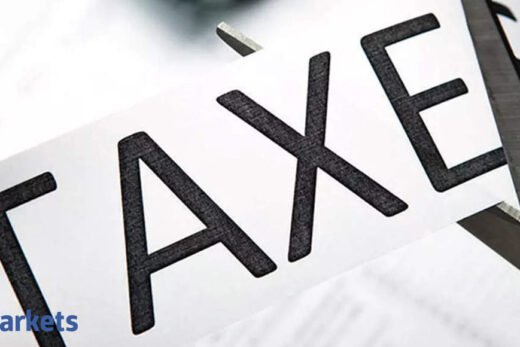This, since Vi’s recent moves to hike base prepaid tariffs and base postpaid
plans for corporate users are likely to trigger only modest ARPU upticks at best, they added.
Edelweiss Securities said while “Vi has raised tariffs for a few plans, meaningful ARPU improvement will require it to increase tariff for prepaid 4G customers offering a significant daily data allowance”.
Loss-making Vi recently made its entry-level plan for prepaid users 61% costlier at Rs 79 in 14 markets and is set to implement this nationwide. It has also hiked the base postpaid rate for corporate users to Rs 299.
But analysts say these segmented tariff hikes won’t be enough to move the needle as Vi has been unable to close its Rs 25,000 crore targeted funding, which could lead to a sizable cash shortfall for the company, given its stiff upcoming payment obligations amid a weak operating performance.

Industry experts, though, say hiking prepaid tariffs for its 4G users won’t be easy for Vi as its nearest rival, has already ruled out initiating such a move, on grounds that such tariff action might erode both the latter’s competitive edge and lead to customer losses. They added that Vi would also have to be mindful of the business implications of the upcoming launch of Reliance Jio’s new mass-market budget smartphone, developed with Google. More so, since Vi has suffered heavy customer losses – over 12 million — in the June quarter and is in no position to increase network capex and improve 4G coverage till it closes its pending fundraise.
Goldman Sachs, nonetheless, said Vi needs “a very large tariff increase in the very short term,” and estimates that without a capital raise, the telco’s “ARPU would need to be higher by Rs 120, or 2x of current levels for the company to be FCF neutral”. In the just-ended June quarter, Vi reported a 3% sequential fall in its ARPU to Rs 104, which is much lower than Airtel’s Rs 146 and Jio’s 138.4 in the same period.
Kotak Institutional Equities estimates Vi may fall short of its annual (payment) commitments by Rs 233 billion ($3.1 billion), based on its current Ebitda run-rate, despite “incremental cost savings as per the management guidance and estimated gains from recent tariff changes”.
Analysts also see a very limited probability of Vi securing any relief on the AGR dues from the Supreme Court even if the telco files a curative petition, should its current review plea get rejected by the nation’s top court.
Vi’s managing director Ravinder Takkar has said the telco would file a curative petition if the Supreme Court rejects its review plea seeking correction of what it calls errors in the Department of Telecommunications’ calculation of the statutory payment arrears. A curative petition is seen as a last resort for grievance redressal, where a petitioner can highlight what he believes is patent injustice.
The DoT has sought Rs 58,254 crore from Vi towards AGR dues, of which the telco has paid Rs 7,854 crore. Vi’s AGR liabilities, including interest, are now at around Rs 62,180 crore, according to DoT’s calculations, the company has said. Accordingly, Vi needs to start paying AGR instalments – roughly of around Rs 9,000 crore – from March, 2022, which analysts say, will be tough, given Vi’s fragile financial position.
Vi’s June quarter losses widened sequentially to Rs 7,312.9 crore on a 4.73% on-quarter fall in revenue of Rs 9,152.3 crore, and its cash and cash equivalents in the April-June period stood at a paltry Rs 920 crore.



